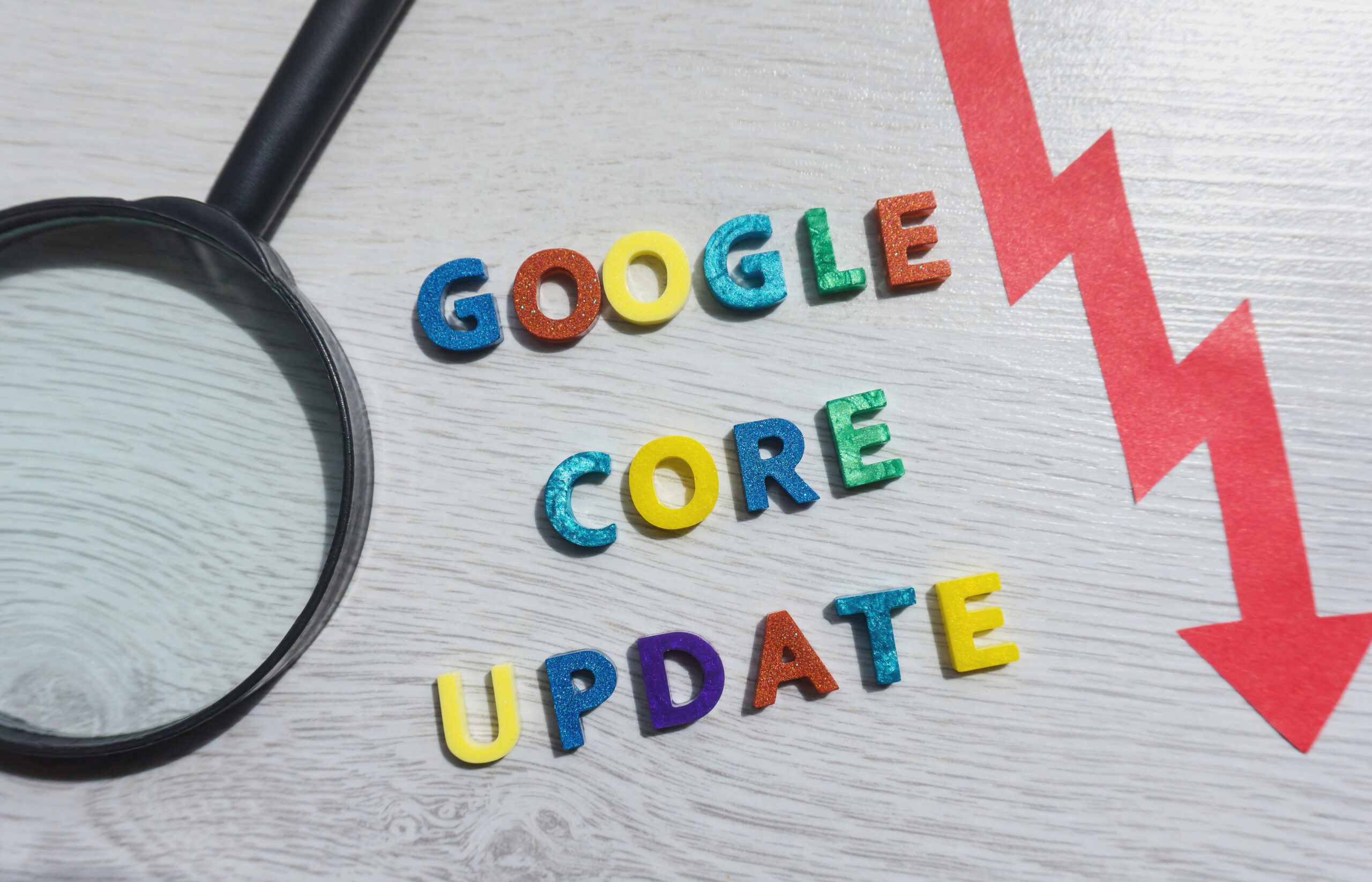
How Law Firms Can Survive a Google Core Update and Come Out on Top

What is a Google Core Update?
Google regularly releases core updates to ensure that users always get the most helpful and relevant results. Since online content is always evolving, so too must search engines to ensure that everyone is getting the latest and greatest information. A core update is essentially a significant algorithm update.
Core updates aren’t designed to target specific sites or pages, but they can impact performance on them. They may cause previously lower-ranked pages to gain visibility, but they could also have pages slip in rankings that were once highly rewarded. The truth is that a core update could impact a website positively or negatively, or it could have no impact at all.
For example, in August of 2023, Google launched a broad core update designed to improve how Google assesses content overall. The broader goal was to continue improving search results for users, and Google said that some previously high-ranking pages could see a drop, or the opposite could happen. Many websites shouldn’t see a difference at all. The update started in August and took 16 days to fully complete, so companies are just now seeing the impact of that update. There isn’t much you can do in advance of a core update, but there are a few things you’ll want to do afterward to ensure you aren’t being negatively impacted.
Surviving a Google Core Update
If you’ve noticed a drop in your site or pages following a core update, don’t despair. According to Google, you haven’t done anything wrong, and there shouldn’t be anything to “fix”. That being said, sometimes a drop in rank or traffic can occur. Here’s what to do in those cases.
- Do nothing – Again, according to Google, there is nothing wrong. Per their announcement:
“There’s nothing wrong with pages that may perform less well in a core update. They haven’t violated our webmaster guidelines nor been subjected to manual or algorithmic action, as can happen to pages that do violate those guidelines. In fact, there’s nothing in a core update that targets specific pages or sites. Instead, the changes are about improving how our systems assess content overall. These changes may cause some pages that were previously under-rewarded to do better.
- Aim for being the “least imperfect” – We don’t know the exact formula of Google’s algorithm, so it’s impossible to ensure all of your ranking signals are perfect. The websites that are rewarded are the least imperfect. The websites that are optimized according to the best practices set by Google are the most likely to achieve more ranking signals.
- Make your content better – Content is king when it comes to SEO, so it’s always a good idea to revisit your strategy and see where you can optimize. Simply put, just keep working on producing great, high-quality content. According to Google staff, the best thing to do here is “to ensure you’re offering the best content you can.” This may mean it’s time for a serious working session where you brainstorm new content, research keywords, analyze competitors, etc.
- Site siloing – This technique was invented to group content together based on how people actually search. As an example, the site will have one major theme that is supported by a few other categories. Under each category there are sub-categories. Make sure you have rich and relevant content in each to help with SEO and improve the user’s website experience.
- Manage internal links – Internal linking strategy can really impact SEO, but it’s often treated as an afterthought. Audit your internal links including the main navigation, footer links, contextual links and related content links. In the audit, look for broken links, outdated links, using breadcrumb links, using anchor text, etc. In essence, review the best practices for a strong internal linking strategy and ensure you’ve employed them all in your linking efforts.
Takeaway:
Managing Google core updates is a part of a digital marketer’s job. Though they can cause changes in website performance, it’s important not to panic if you notice such differences. It’s unlikely that performance should be impacted negatively long-term. Follow these tips after a core update and remember to focus on great content. As a final tip, if you feel uncomfortable about your standing after an update, get a professional SEO audit. An audit with an experienced pro can not only help to fix any issues that need repairing, but implement solutions that will make you better than your competition – that is, the least imperfect. If you’re not sure where to start, try our free SEO Audit. If you’re struggling to get more visitors to your site, this tool can give you some powerful insights that may turn things around.
Are you ready to get started generating new, qualified leads?
Contact us to get started and let us help you energize your digital marketing and business development efforts.
Contact Us
